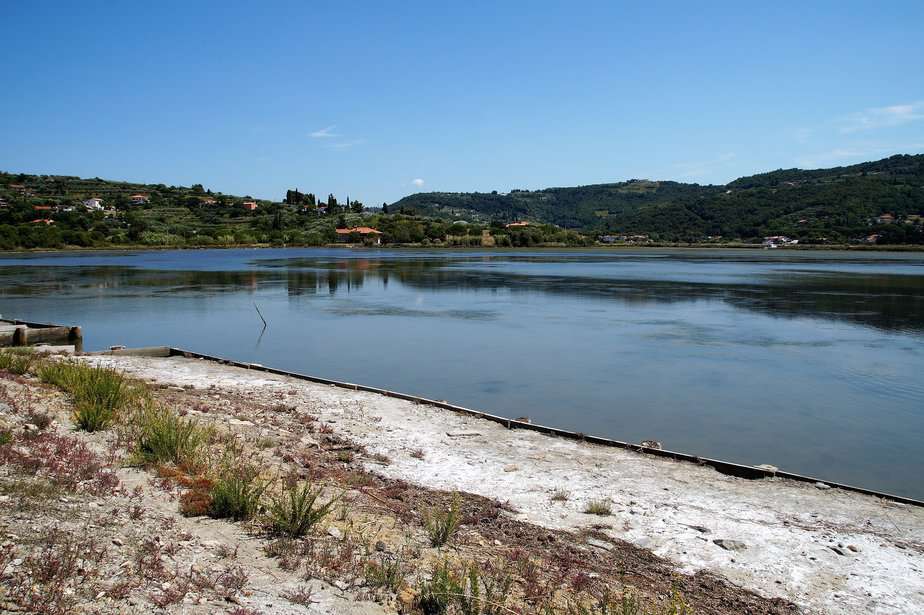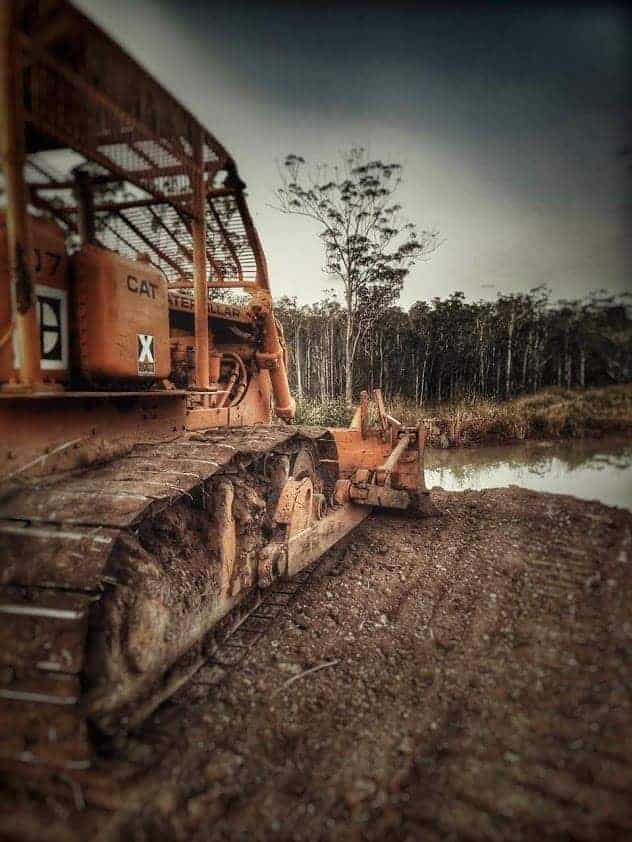Evaporation loss from farm dams in Australia is a great challenge to water security, ranging from 9% to 36% loss of total volume of water in summer. Reliable quantification and prediction of losses are complicated by numerous factors that include meteorology, dam shape, and inaccuracies in measurement. This paper explores the complexities of evaporation estimation, the limitations of current practice, and the potential for improvement through advanced modeling and abatement technologies like floating covers and windbreaks. Understanding these dynamics is essential to effectively manage water in Australia’s agricultural regions.
Tag Archives: evaporation
Low rainfall or drought is a pressing concern in many regions across the world, leading to water scarcity, crop failures, and environmental challenges. Climate change and natural variability have exacerbated this issue, making it essential for communities to implement proactive strategies to address low rainfall and its consequences.
Surviving with less water is a skill that can be valuable in various situations, from dealing with water scarcity in everyday life to emergency scenarios in the wild.
Water is essential for life. It’s not just vital for staying hydrated, but also for cooking, cleaning, agriculture, and countless other daily activities. However, in certain situations, such as during droughts, emergencies, or while exploring remote regions, access to ample water may be limited.
In this article, I explore essential strategies and give you tips on how to survive with less water, ensuring that you can adapt and thrive even when faced with water scarcity.
In an era marked by climate change and water scarcity, innovative solutions are essential to address the looming challenges. Among the many technological advances geared towards water conservation, one stands out due to its simplicity yet profound impact: evaporation balls, commonly referred to as “shade balls.”
But what exactly are evaporation balls? And how do they function? In this post, we’ll dive deep into the concept, mechanism, and the potential impact of these ingenious spheres.
Dams, those colossal structures that alter the flow of rivers, have been pivotal in human civilization’s progress. They have been employed for numerous reasons – water supply, electricity generation, flood control, and recreation. However, the significance of a dam’s depth is a topic that often goes unnoticed. But why is depth such an important feature in dam design and functionality? Let’s dive in.
Dams play a critical role in water resource management, providing water for irrigation, drinking, power generation, and other essential needs. However, one of the major challenges dams face is evaporation, which leads to significant water losses over time. As climate change and water scarcity become more pressing concerns, it’s essential to adopt strategies that minimize evaporation losses from dams. In this article, we’ll explore eight effective ways to tackle this issue and optimize the water storage capacity of dams.
From ineffective design to poor dam maintenance, there are many factors that can lead to high rates of dam evaporation. It’s not a secret that the effect of climate change on water availability is also detrimental; extreme weather, reduced precipitation, and prevailing winds, global and local climate systems are changing. Freshwater has already become a sacred resource across the globe and Australia, in particular.
Farm owners in different places have experienced different problems when it comes to water storage. Over the millennia, agriculture and different empires have flourished from the ability to tap excess water and store it for future use. The ancient empires of Egypt, Israel, Babylon, and even the Chinese empires did this. This is not to …
The total active storage percentage of rural water supplies in NSW dams on 11 November 2019 was 30.3%. This was a decrease of 0.4% since last week.












